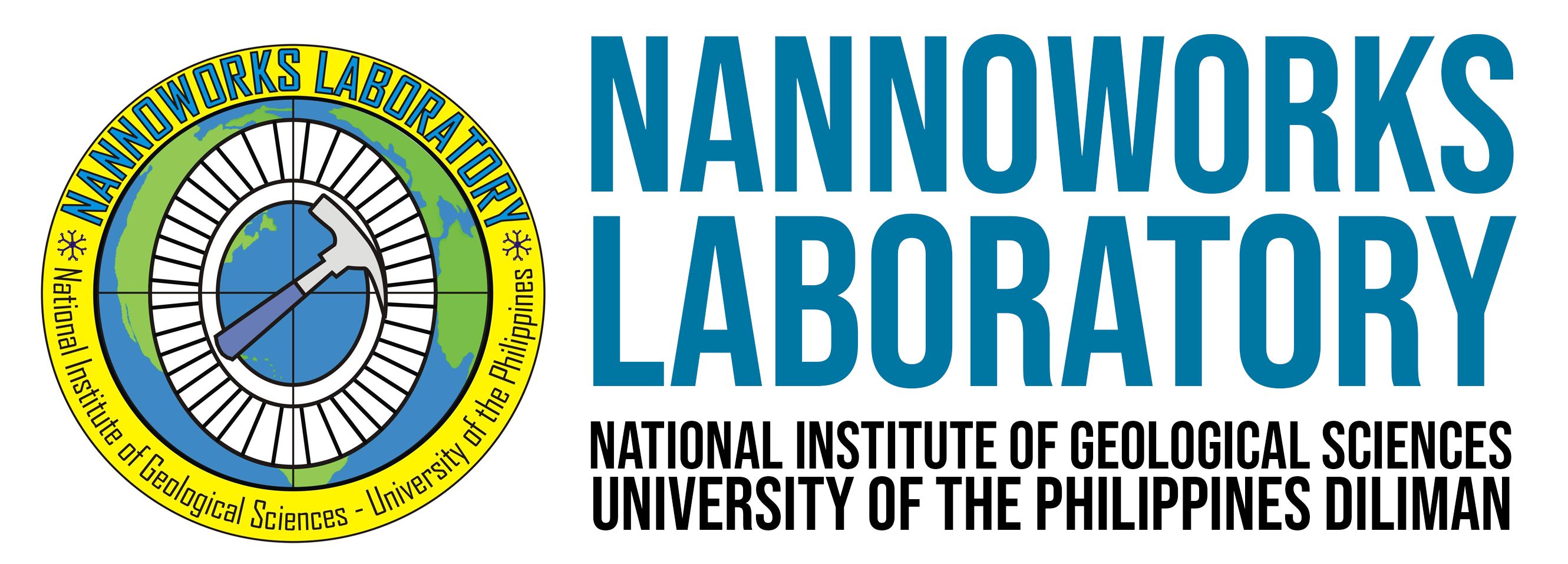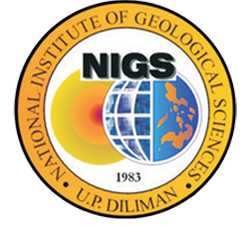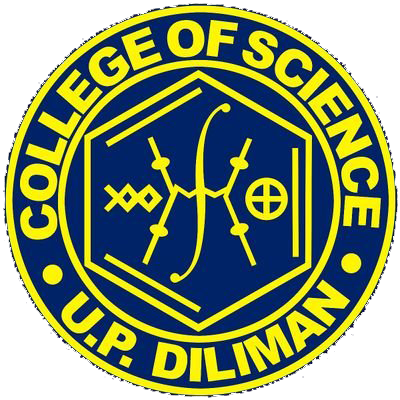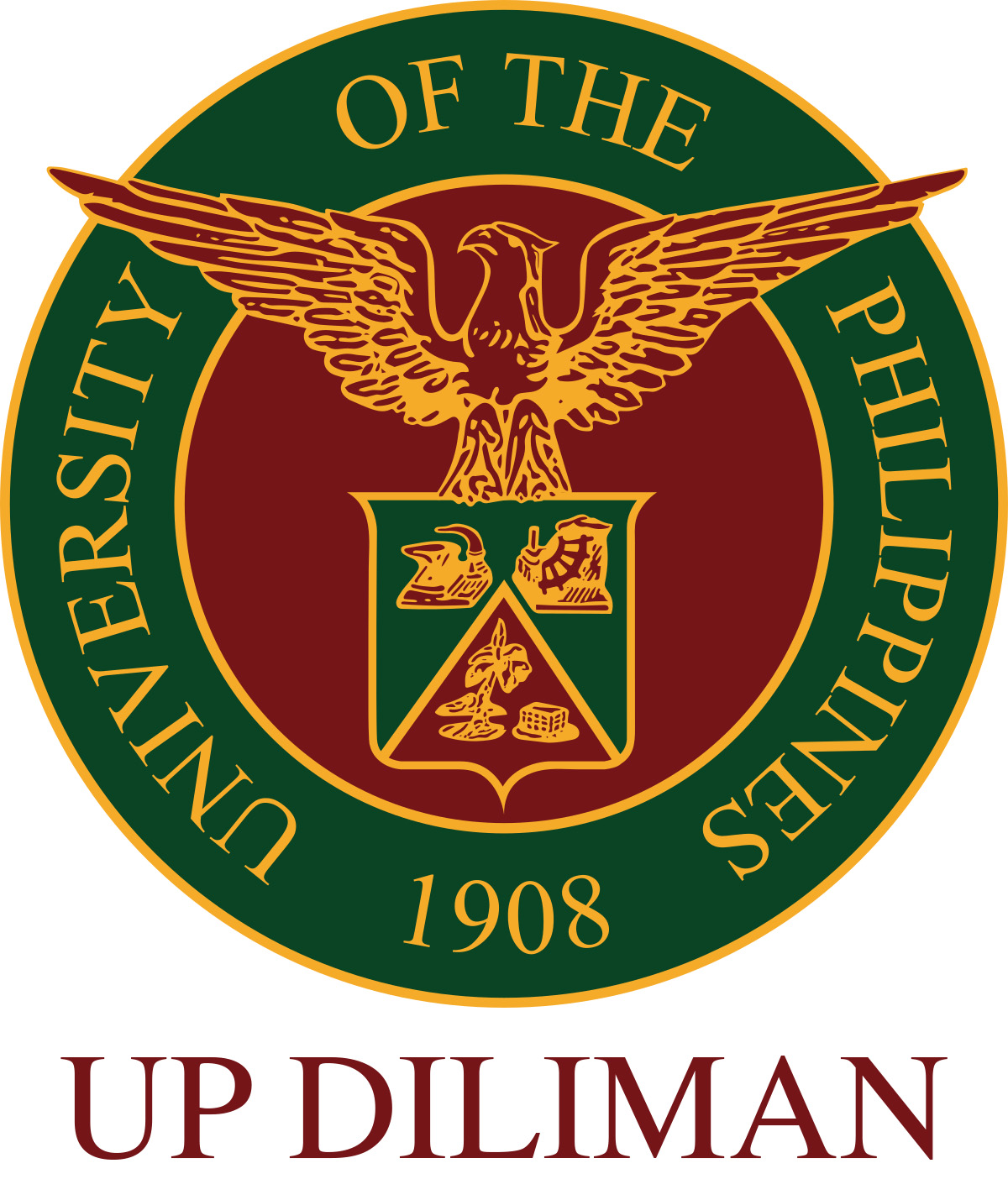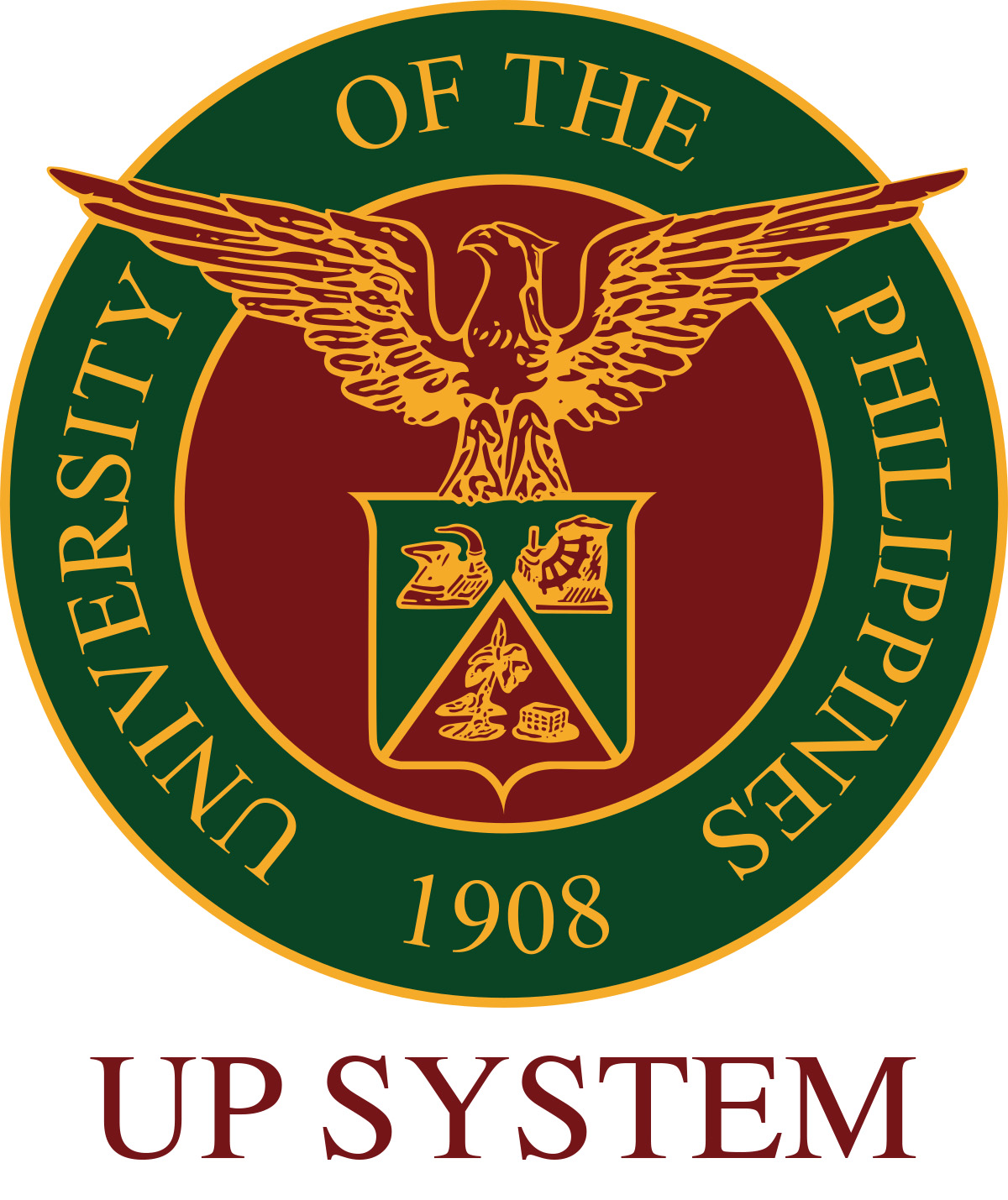The American Association of Petroleum Geologists (AAPG) will be holding a virtual workshop on the Stratigraphy of Sundaland: Current Perspectives and Future of the Science from October 5-6, 2021. The Nannoworks Laboratory would like to invite its members and colleagues in the field of stratigraphy to participate and send abstracts by May 1, 2021. The following is an overview of the workshop from the AAGP Website:
Stratigraphy remains an essential part of geoscience practices. It provides our conceptual framework for visualizing how layers are arranged and connected in the subsurface. Commonly stereotyped as a black box of names and descriptions of fossils, stratigraphy is in reality dynamic and, by integration with other techniques, can be highly predictive.
There are still many disagreements, uncertainties and gaps in our knowledge regarding the stratigraphic architecture of many basins throughout Sundaland and surrounding regions of Southeast Asia. Recent advances in our understanding of stratigraphy in the region has been led by rapid advances in technology, new data, new ideas as well as a fresh look at old data and previous work. There is also an increasing concern within the stratigraphic community regarding the practice and application of their discipline and the future of the profession. The workshop aims to share, discuss and explore many of the new ideas regarding the stratigraphy of the hydrocarbon-bearing basins throughout Sundaland. The workshop also will provide a virtual platform for discussion and knowledge sharing, bringing workers and scholars on stratigraphy from different backgrounds together.
This 2-day workshop will address the following questions:
- What are the current trends in technology and theoretical breakthroughs influencing stratigraphy in the Sundaland region?
- Will Stratigraphy (traditional techniques like micropaleontology, palynology, etc) be replaced by technology (seismic etc.) and become extinct?
- How to improve integration between biostratigraphy and seismic/sequence stratigraphy to solve subsurface correlation problems.
- With stratigraphy specialists and practitioners becoming rarer, how to attract new generation of stratigraphers? What’s needed to revise or enhance university curriculum, for example?
- Is there a need for Sundaland Stratigraphic DataBase – a platform for sharing stratigraphic information and as reference point (e.g. fossil collection, photographs, type sections, index species, microfossil slides, specimens etc)
- How do we apply stratigraphy in climate change studies?
- Is there a need for a Network of Stratigraphers in SE Asia?
For more information, visit the AAGP Website on the Workshop.
